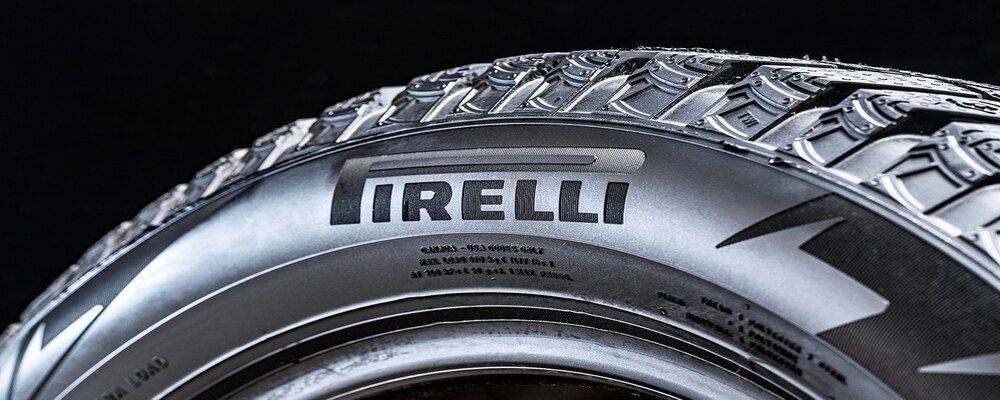Understanding Tire Wear and When to Replace
Tires are a critical component of your vehicle, providing the necessary traction and handling on the road. Pirelli, a renowned tire manufacturer, produces high-quality tires designed for performance and durability. However, like all tires, Pirelli tires will wear out over time and need to be replaced to ensure optimal safety and performance on the road.
One of the key aspects of maintaining your Pirelli tires is understanding how to check if they are still in good condition. Regular inspections and maintenance can help you identify signs of wear and determine when it’s time to replace your tires.
Inspecting Tread Depth
One of the most important factors to consider when checking the condition of your Pirelli tires is the tread depth. The tread depth is crucial for maintaining traction on wet and slippery roads. To check the tread depth, you can use a tread depth gauge or the penny test.
Insert a penny into the tread grooves with Lincoln’s head facing down. If you can see the top of Lincoln’s head, it indicates that the tread depth is too low, and it’s time to replace the tire. Pirelli recommends replacing tires when the tread depth reaches 2/32 of an inch.
Checking for Uneven Wear
Uneven wear on your Pirelli tires can be a sign of alignment issues, improper inflation, or suspension problems. Inspect the tires for any signs of uneven wear, such as one side of the tire wearing out faster than the other. If you notice uneven wear patterns, it’s essential to address the underlying issues to prevent further damage to your tires.
Regularly rotating your tires and ensuring proper wheel alignment and tire inflation can help prevent uneven wear and extend the lifespan of your Pirelli tires.
Inspecting for Cracks and Bulges
Inspect the sidewalls of your Pirelli tires for any cracks, cuts, or bulges. These can be caused by driving over potholes, hitting curbs, or prolonged exposure to extreme temperatures. Cracks and bulges weaken the tire’s structure and can lead to a blowout, putting you and your passengers at risk.
If you notice any cracks, cuts, or bulges on your Pirelli tires, it’s crucial to replace them immediately to ensure your safety on the road.
Checking the Manufacturing Date
Every tire has a Department of Transportation (DOT) number stamped on the sidewall, indicating the week and year of manufacture. The last four digits of the DOT number represent the manufacturing date, with the first two digits indicating the week and the last two digits indicating the year.
Pirelli recommends replacing tires that are more than six years old, regardless of their tread depth or overall condition. Aging tires can be prone to dry rot and deteriorate, compromising their performance and safety on the road.
Consulting a Professional
If you’re unsure about the condition of your Pirelli tires or how to check for signs of wear, it’s advisable to consult a professional tire technician or visit a tire service center. A trained technician can inspect your tires, recommend necessary replacements or repairs, and ensure your tires are in good condition for safe driving.
Regular tire maintenance and inspections are crucial for ensuring the longevity and performance of your Pirelli tires. By staying vigilant and addressing any signs of wear or damage promptly, you can enjoy a smooth and safe driving experience on the road.

